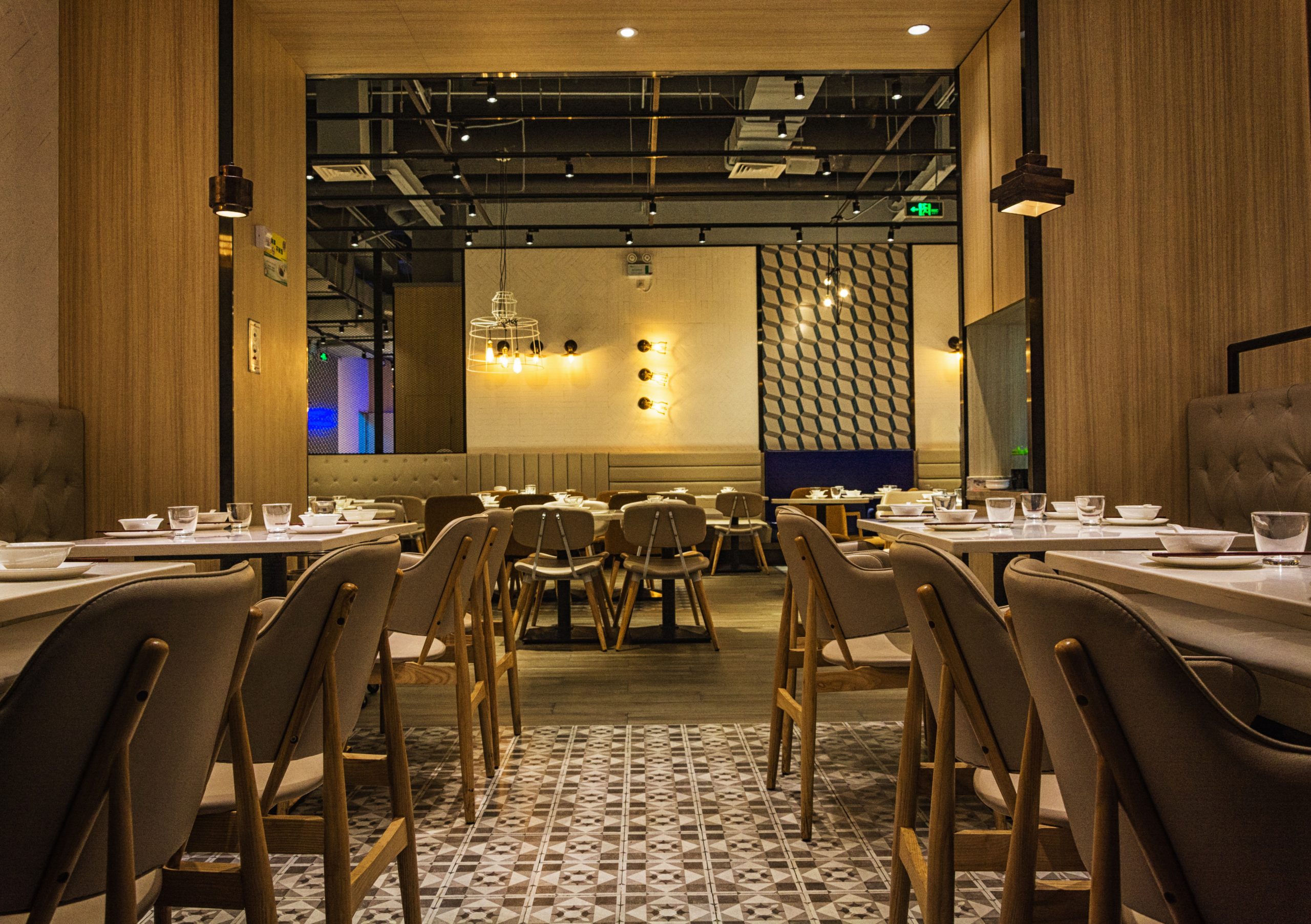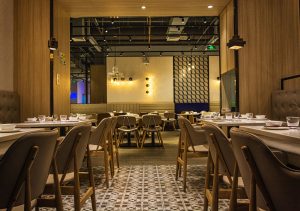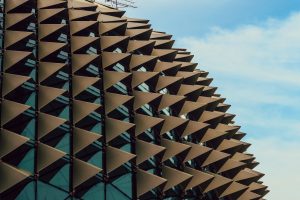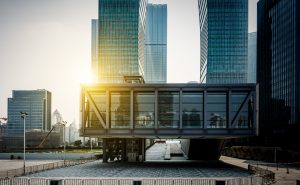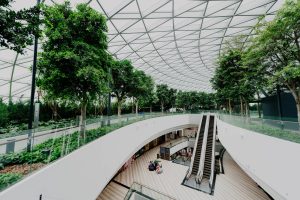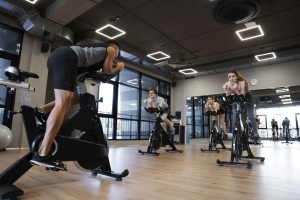In today’s competitive dining industry, restaurant design services are no longer about simply arranging tables and picking out paint colors. A well-designed restaurant influences how customers feel, how long they stay, and how much they spend. It also plays a role in operations, energy use, and even employee satisfaction.
The best designs tell a story while delivering a functional, efficient, and inviting environment. Just like Commercial Fitness Center Design, where layouts must balance aesthetics, safety, and seamless movement, restaurant design now focuses on blending form and function to enhance the customer journey.
If you’re a restaurant owner planning a renovation or starting fresh, here are the top design trends you need to know.
1. Open Concept Layouts and Flexible Seating
Open layouts have become one of the most requested restaurant design services. Customer’s love being able to see what’s happening around them, whether it’s the chef preparing dishes in an open kitchen or bartenders crafting cocktails behind a sleek bar.
Why it works:
- Enhances transparency and authenticity.
- Encourages social interaction between staff and customers.
- Makes small spaces feel larger and airier.
Flexible seating is another piece of the puzzle. Movable tables, booths with sliding partitions, or hybrid indoor-outdoor spaces allow restaurants to adapt to different events and guest preferences.
Connection to Commercial Fitness Center Design: Fitness centers often rely on open floor plans and multipurpose zones—like shared spaces that shift from yoga to HIIT classes. Restaurants are now applying the same principle to ensure every square foot of space is optimized.
2. Biophilic Design: Bringing Nature Inside
Biophilic design incorporating natural elements into interiors is transforming how diners connect with restaurants. Studies show that greenery reduces stress, improves mood, and makes people feel more welcome.
Restaurants are integrating:
- Living walls with fresh plants.
- Skylights and oversized windows to maximize daylight.
- Organic textures such as stone, wood, bamboo, and linen.
Beyond aesthetics, natural design choices reflect eco-conscious values. They align with customer demand for healthier, more sustainable spaces.
Lesson from Commercial Fitness Center Design: Fitness centers often add plants, earthy colors, and large windows to support wellness and energy. Restaurants can borrow these same principles to create a refreshing dining environment.
3. Tech-Integrated Dining Experiences
Technology is no longer just a back-end tool for restaurant operations—it’s now central to guest experience. Customers expect convenience, and design plays a huge role in delivering it.
Key integrations include:
- QR code menus and touchless payment systems.
- Digital displays for specials or wait times.
- Smart lighting and climate controls that adjust to crowd size.
- Built-in outlets and wireless charging stations for guests.
These elements reduce wait times, increase efficiency, and elevate the overall dining experience.
Just as Commercial Fitness Center Design integrates smart equipment and scheduling apps, restaurants can streamline customer service with tech-enhanced environments.
4. Sustainability and Eco-Friendly Materials
Modern diners—especially Millennials and Gen Z—value sustainability. Restaurants that embrace eco-friendly design not only reduce their carbon footprint but also strengthen customer trust.
Popular sustainable choices include:
- Reclaimed wood and recycled metals for furniture and fixtures.
- Low-VOC paints and eco-friendly finishes.
- LED lighting and energy-efficient kitchen equipment.
- Water-saving plumbing systems.
Some restaurants go further by sourcing local building materials or even designing composting systems on-site.
This sustainable approach is more than a trend—it’s becoming the standard for long-term success.
5. Instagram-Worthy Design and Bold Interiors
With social media influencing where people eat, restaurants are becoming destinations designed to be photographed. Customers don’t just share food pictures—they capture the entire environment.
Design features driving this trend include:
- Bold murals, neon signage, or artistic wallpaper.
- Statement ceilings with patterns, textures, or hanging installations.
- Colorful and unique furniture pieces that act as conversation starters.
A single design element, like a dramatic chandelier or a playful wall mural, can transform your space into a brand-building marketing tool.
6. Multi-Themed and Experiential Spaces
Restaurants are no longer just places to eat—they’re immersive experiences. Multi-themed layouts allow guests to choose their own atmosphere.
Examples include:
- A restaurant that offers cozy corners for couples, lively communal tables for groups, and private pods for families.
- Eatertainment spaces that blend dining with interactive features like VR games, live performances, or hands-on cooking demonstrations.
This trend mirrors Commercial Fitness Center Design, where gyms include different zones quiet yoga studios, energetic spin rooms, and open training floors so each guest finds the environment that suits them best.
7. Dramatic Ceilings and Vertical Design
Designers are no longer limiting creativity to walls and furniture. Ceilings are becoming bold, expressive canvases that elevate a space.
Restaurants now use:
- Suspended lighting art installations.
- Acoustic ceiling panels in geometric shapes.
- Hanging gardens and greenery.
This upward design approach ensures every angle of the restaurant feels intentional and immersive.
Why These Trends Matter for Restaurant Owners
Each trend isn’t just about visual appeal—it directly impacts business performance:
- Customer Loyalty: Guests return to spaces that feel inviting and memorable.
- Operational Efficiency: Open layouts and smart tech improve workflow and reduce wait times.
- Brand Identity: Bold and Instagram-worthy designs help your restaurant stand out in a crowded market.
- Sustainability: Eco-friendly materials reduce long-term costs and attract conscious consumers.
By weaving in principles from Commercial Fitness Center Design, restaurant owners can also ensure their spaces are functional, flexible, and aligned with wellness-driven lifestyles.
FAQs About Restaurant Design Services
Q1: How much should I budget for restaurant design services?
Budgets vary depending on size, location, and concept. A small café may spend $50,000–$150,000, while full-service restaurants can exceed $500,000. The key is investing in design elements that improve both aesthetics and efficiency.
Q2: What lessons can be applied from Commercial Fitness Center Design?
Fitness spaces focus on traffic flow, safety, durability, and zoning. These principles translate into restaurants by ensuring efficient circulation, durable finishes, and adaptable spaces.
Q3: Do I need to follow every trend?
No. Choose trends that align with your brand identity and customer expectations. For example, a fast-casual eatery might prioritize tech efficiency, while a fine-dining restaurant might lean on bold interiors and experiential design.
Q4: How do I keep my restaurant design timeless?
Invest in neutral, high-quality foundational elements (flooring, lighting, durable seating) while updating accent pieces—art, wall colors, décor—every few years. This balance keeps your design relevant without costly overhauls.
Final Thoughts
Restaurant design services today are about so much more than looks they’re about creating an immersive journey that blends ambiance, efficiency, and brand storytelling.
From open layouts and biophilic design to tech integration and bold interiors, these trends can transform any restaurant into a destination worth visiting again and again. By borrowing insights from Commercial Fitness Center Design, owners can design spaces that are not only visually striking but also functional, adaptable, and built for long-term success.
Whether you’re refreshing your space or designing from scratch, remember: great restaurant design is an investment in your customer experience, your team, and your brand future.

